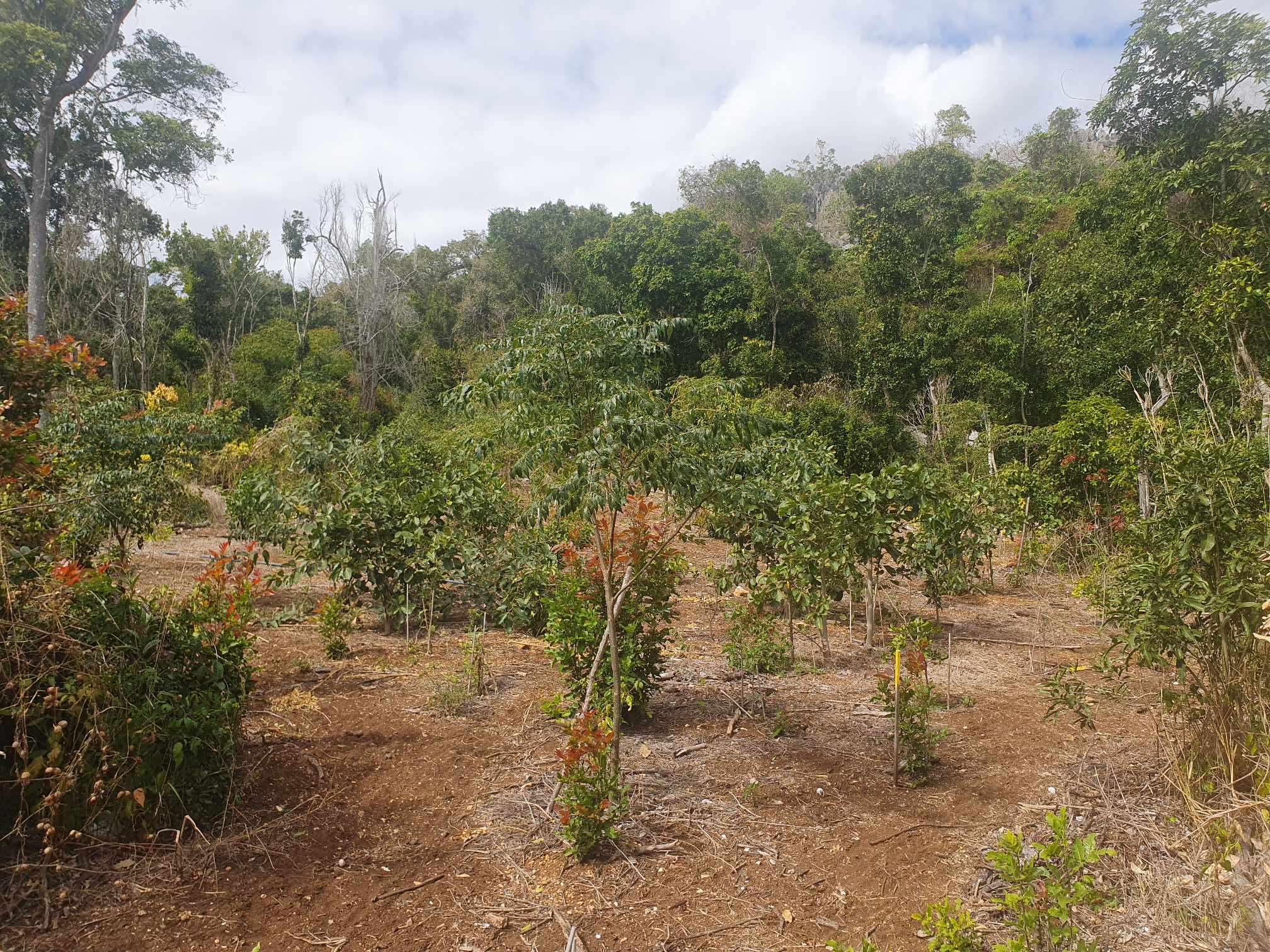
Conservation at Capricorn Caves: Preserving Our Unique Ecosystems
Flaura & Fauna Natural Resource Management
At Capricorn Caves, we are committed to preserving and enhancing the delicate ecosystems that surround our stunning natural formations. Our ongoing conservation efforts aim to protect the unique flora and fauna, ensuring that future generations can continue to experience the beauty and biodiversity of this remarkable environment. Here’s a closer look at our conservation initiatives:
Protecting the Endangered Tectaria devexa
- Survey and Health Checks: We regularly conduct surveys and health checks for all known locations of the endangered Tectaria devexa fern within and around the caves. This includes monitoring both previously planted areas and original locations to check for spore germination (learn more in our blog post titled, ‘Tectaria devexa conservation and planting‘).
- Irrigation Systems: To optimise conditions for Tectaria growth and spore germination, we’ve set up irrigation systems in the Sky Window and Fern Cave areas to help control temperature and humidity.
- Collaboration with Heatons Nursery: We’ve partnered with Heatons Nursery on the Sunshine Coast, who have successfully propagated Tectaria under UV lighting from spores we provided. These plants are placed in our designated section of the nursery that is equipped with wind blocks, irrigation times and shade cloth to help with the transition from the artificial environment (terrarium) to the cave environment. We also try to do soil testing to ensure that pH levels etc are similar to those in the cave where they will be planted.
Restoring the Dry Rainforest
- Endangered Vegetation: The dry rainforest and semi-evergreen vine thicket outside the northern side of the cave are listed as endangered. This area was heavily impacted by Cyclone Marcia, drought, and bushfires, leading to a loss of canopy and the invasion of non-native species (learn more in our blog post titled, ‘Conservation of the Semi-Evergreen Vine Thicket at Capricorn Caves‘).
- Restoration Efforts: With help from school groups, machinery, the Capricorn Conservation Council, CQU students and trainees, Eco Warriors, and Darumbal trainees, we’ve removed invasive species like coral berry and lantana and planted around 500 native plants to restore the ecosystem.
Educational Partnerships
- CQU Students: We have a partnership with Central Queensland University (CQU) to bring environmental students to the caves for hands-on training in natural resource management. Currently, Certificate III Conservation and Ecosystem Management students visit monthly to assist with restoration projects.
Monitoring and Research
- Data Loggers: Installed in various locations, these loggers help us assess whether cave temperatures are consistent with outside conditions and monitor the impact of our restoration efforts on the cave microclimate.
- Drip Loggers: In collaboration with Professor Andy Baker from UNSW, we’ve installed loggers to assist with an Australia-wide research program which studies how rainfall recharges groundwater in different cave environments across Australia.
Pest Management
- Cane Toad Collection: Between January and April, we collect cane toads, which are then used by CQU students for dissection practicals and research programs (learn more in our blog post titled, ‘Capricorn Caves’ Innovative Approach to Managing the Cane Toad Population’).
- Feral Animal Control: We partner with Queensland Parks and Wildlife Service to run feral cat and fox baiting/trapping programs, particularly during high activity periods or breeding times.
Encouraging Wildlife
- Water Stations and Nest Boxes: To support wildlife while the dry rainforest recovers, we’ve installed water stations and are in the process of creating nest boxes for sugar gliders and microbats. These are monitored with trail cameras to ensure their effectiveness.
Weed Control and Lampenflora Management
- Weed Control: We have ongoing programs to manage high-priority weeds like Madeira vine, which can grow up to 1 meter per week under optimal conditions.
- Lampenflora Survey: We regularly survey and treat areas affected by cyanobacteria produced by artificial light to minimize our impact on the cave ecosystem.
Bat Population Monitoring
- Bat Monitoring: We track bat populations to inform our tour guides and understand how our activities and environmental conditions affect their presence. Notably, we’ve observed signs of the endangered ghost bat.
- Solar Camera System: A solar camera system is being set up to monitor bat population movements, providing valuable data and potentially offering live footage to visitors.
Recycling and Ecotourism Initiatives
- Recycling: We’ve implemented a proper recycling program for all visitor waste, with funds from 10c recyclables supporting our natural resources budget.
- Plastic-Free Initiatives: We’re working towards reducing disposable plastic items and offering recyclable and biodegradable options at our kiosk.
Mulch and Tree Propagation
- Mulch: All mulch used on site is sourced from our property, with hazardous trees either repurposed for garden bed edging or mulched to prevent the introduction of foreign diseases and weeds.
- Tree Propagation: We collect and propagate seeds from the property and receive additional plants from volunteers and local councils to enhance our restoration efforts.
These initiatives demonstrate our commitment to preserving the unique ecosystems of Capricorn Caves. Through collaboration, education, and sustainable practices, we strive to maintain the natural beauty and biodiversity of this remarkable site. Join us in our conservation efforts and experience the wonders of Capricorn Caves!

















